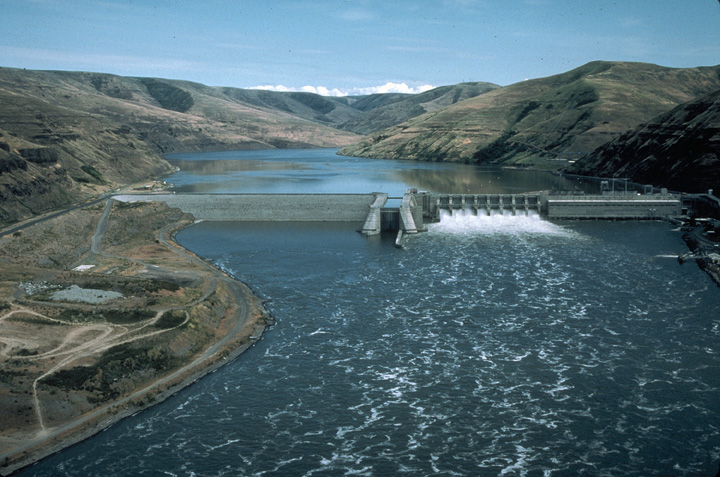The recent article in the CBB about NPDES permits for the four lower Snake River dams includes a proposal to draw the reservoirs down to reduce heating of the water. This is a fool’s errand based on widespread misinformation.
Proponents assume that these reservoirs heat up like storage reservoirs do. They are narrow, run-of-river reservoirs with constant current moving the water downstream. For a lawsuit in the 1990s against the Corps for raising water temperatures, I gave a deposition explaining how Snake River water coming from Hells Canyon in the high 70-degree range, and from the Clearwater River in the mid 70-degree range entered Lower Granite Reservoir. I tracked the movement of the heated water downstream and showed how it moved from Lewiston to the mouth of the Snake reservoir by reservoir.
Dworshak Reservoir on the North Fork Clearwater is a storage reservoir where the water does heat up in the summer from near freezing level in winter to over 75-degrees at the surface in summer. The reservoir stratifies with heated water above a thermocline that may reach 20 feet below the surface. Water temperatures below the thermocline remain 50-degrees or less.
Since 1992, water from below the thermocline has been drawn from Dworshak Reservoir to cool the Clearwater River and after passing Lewiston, the Snake River through the four reservoirs to the mouth of the Snake. Selector gates at Dworshak are adjusted to keep the water from being too cold or it would adversely effect production at Dworshak National Fish Hatchery with its main source of water pumped from the North Fork below the dam.
At Lewiston cool Clearwater water in the 60 -degree range flows under the 75+degree water from the Snake. From Lewiston to Lower Granite Dam the reservoir is stratified with warm water above and cool water below. At the dam water is mixed by generators and spill to provide downstream temperatures below a target of 68-degrees. For decades now, this process has kept the lower Snake below 68-degrees most of each summer with temperatures seldom exceeding 70-degrees.
Before the lower Snake River reservoirs were constructed, during low flows in August and September with the hot canyon temperatures over 100-degrees, the river reached temperatures into the low 80-degree range.
The lower Snake River dams have fish facilities designed to operate with 3 to 5-foot drawdowns except for Lower Granite. Due to flood control considerations, the adult facilities at Lower Granite were designed to operate temporarily with a 28-foot drawdown, but with more than a 5-foot drawdown, the juvenile fish facilities would not function. The pumps for the temporary adult passage with drawdown have been converted to provide cool water at the adult fish ladder exit during operation at normal pool levels. These pumps draw cool water up from depth to offset the warm surface water above the thermocline from entering the ladder and causing a thermal block to adult migration.
For individuals more interested in the facts, I suggest they review Corps publications on a drawdown test at Lower Granite dam in the early 1990s and the drawdown feasibility report published in 2002. Both reports are available from the Walla Walla Corps library.
—John McKern

